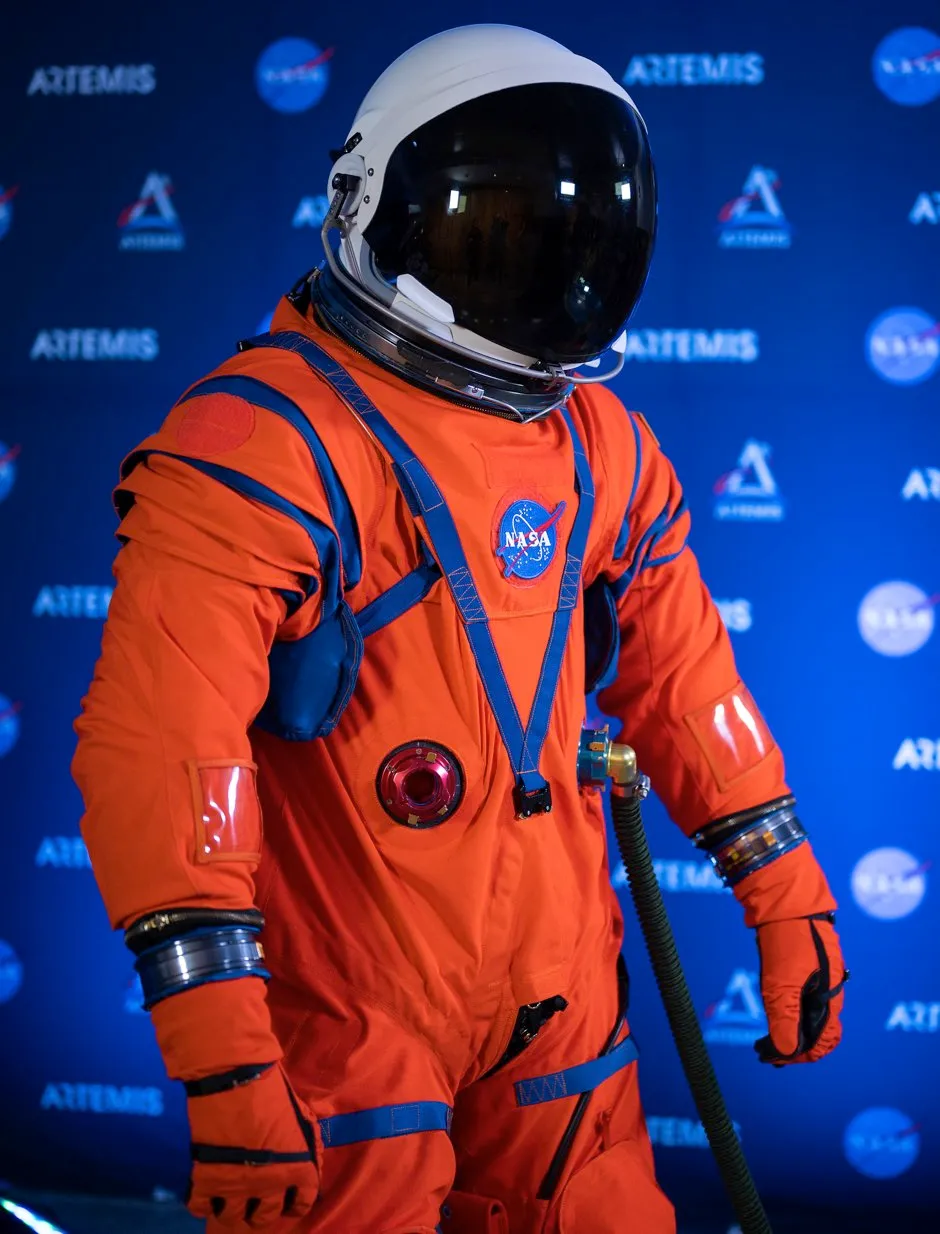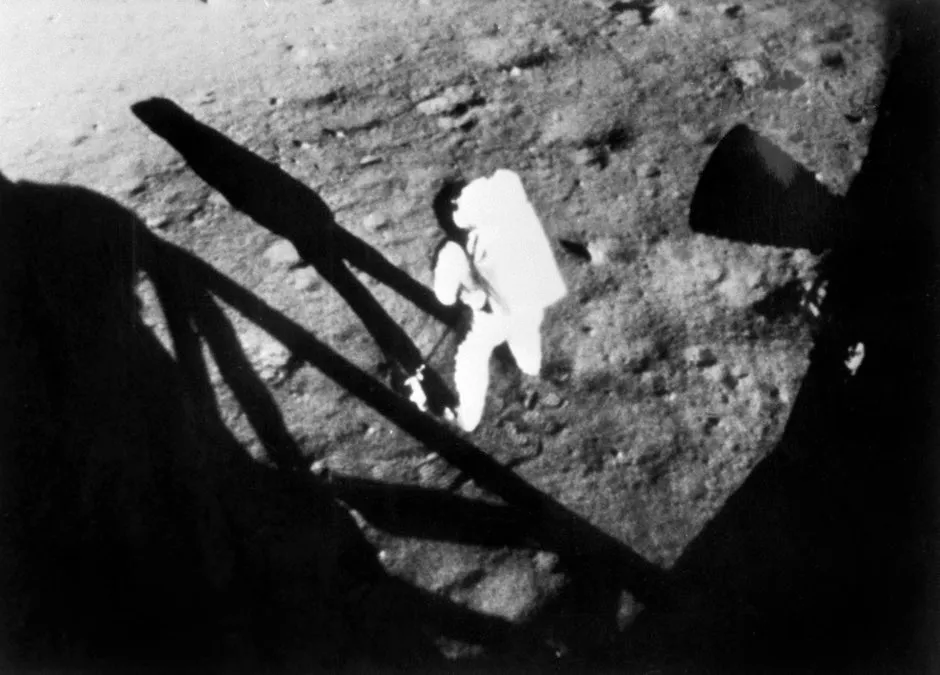Nasa has revealed new spacesuits as it moves closer in its bid to return to the Moon by 2024.
The American space agency unveiled two prototypes, one white model designed for exploring outside of the spacecraft on spacewalks, and a second orange suit for high-risk activity on the inside, such as launch and return to Earth.
Amy Ross, a spacesuit engineer, said the new Exploration Extravehicular Mobility Unit (xEMU) for outside use has been made more flexible than before, making it easier for astronauts to move and bend.

It is so flexible that it allows users to put their arms overhead, something astronauts during the Apollo programme were not able to do.
“Zippers are bad and cables are bad so we have no zippers or cables on this suit,” she explained at a demonstration held in Washington DC.
“There will be fewer seams and new materials that keep the dust out.”
It also features new technology to better manage pressure and the gloves have been improved to allow greater dexterity.
“You’ll remember, Neil Armstrong and Buzz Aldrin, they bunny hopped on the surface of the Moon, well now we’re actually going to be able to walk on the surface of the Moon, which is very different than our suits of the past,” said Nasa administrator Jim Bridenstine.

The Orion suit used for launch and entry is made from fire-resistant material and features a lighter and stronger helmet, with improvements to reduce noise.
NASA is aiming to put the first woman and next man on the Moon by 2024 and maintain a presence with an ISS-like gateway orbiting around it, in hopes of eventually moving further into space to Mars.
Kenneth Bowersox, acting associate administrator for human exploration, recently cast some doubt on the target date for the Artemis missions to the Moon, saying he would not bet anything on it.

Funding and technical challenges still need to come together in order to meet the White House-set deadline, the former space shuttle and space station commander told a congressional subcommittee last month.
Read more about space exploration:
- The unintended consequences of privatising space
- How do you launch a successful space mission? – Mark McCaughrean
- Seven really, really big books about space
- 50 beautiful photos of the Moon landing missions from the Project Apollo Archives
- Nazis, magic and McCarthyism: the dark history of early American space exploration
Reader Q&A: Why do astronauts wear white suits?
Asked by: Geethu Thomas, Surrey
Space is a dangerous environment and presents extremes of both hot and cold for the human explorer. To allow spacesuit cooling (and heating) systems to work most efficiently, they are made of material that reflects much of the incident radiation (mostly sunlight) that falls on them; hence, they are white.
Another reason for using white material is that this helps astronauts to be visible to crew members, even in the darkness of the Earth’s shadow.
Read more:
